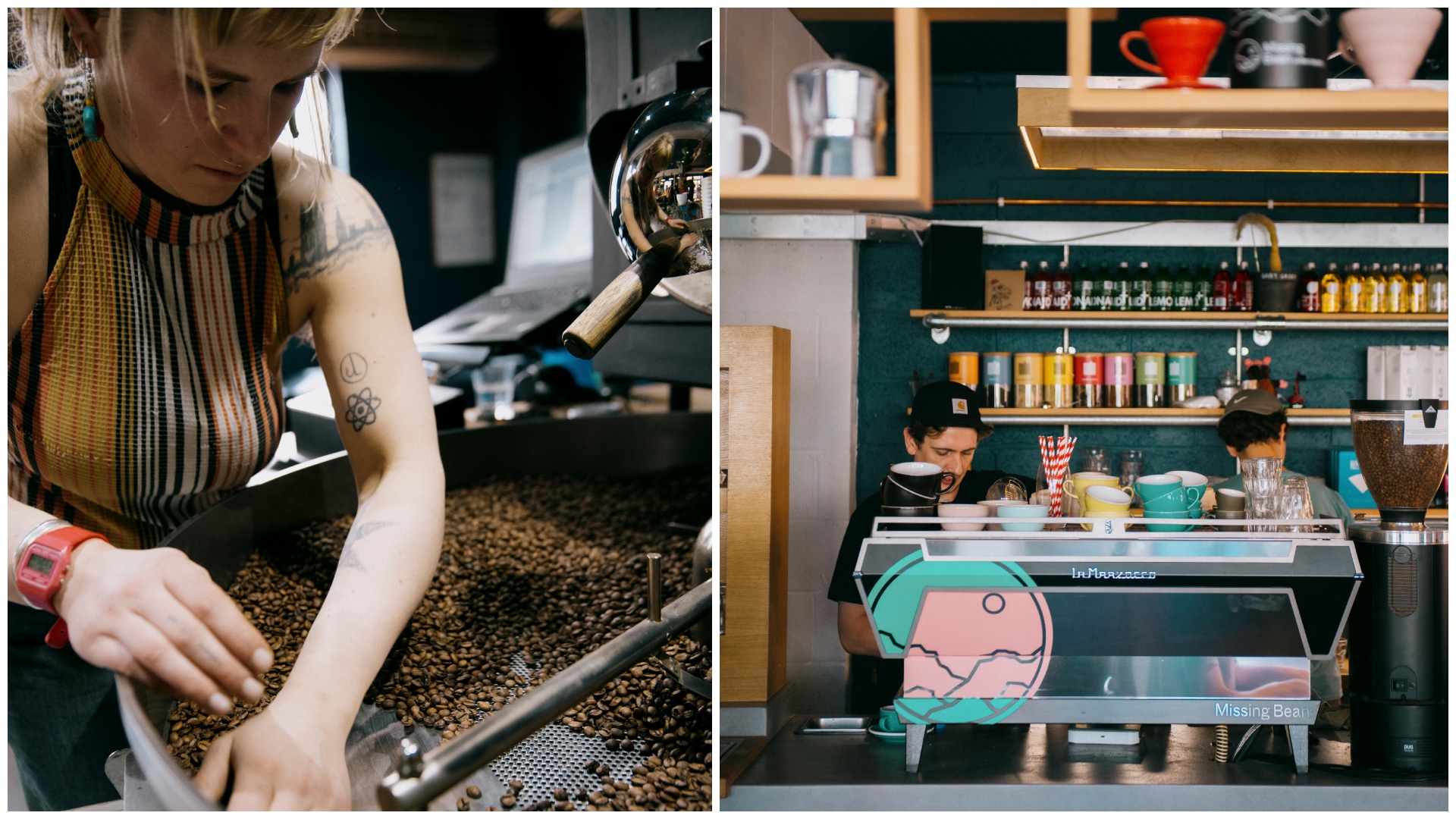
Whether you arrive at the café stop three hours into a winter hack, desperate for that caffeine kick, or dressed up in your best kit for a short sunny brew roll, coffee and cycling go hand-in-hand. But while we sit hands cupped around a toasty latte, the air thick with bicycling banter, few of us ever stop to think about where our coffee comes from. Trace a quality brew’s journey from plant to mug and you may be surprised at just how much skill and effort is dedicated to keeping your tastebuds well and truly tickled.
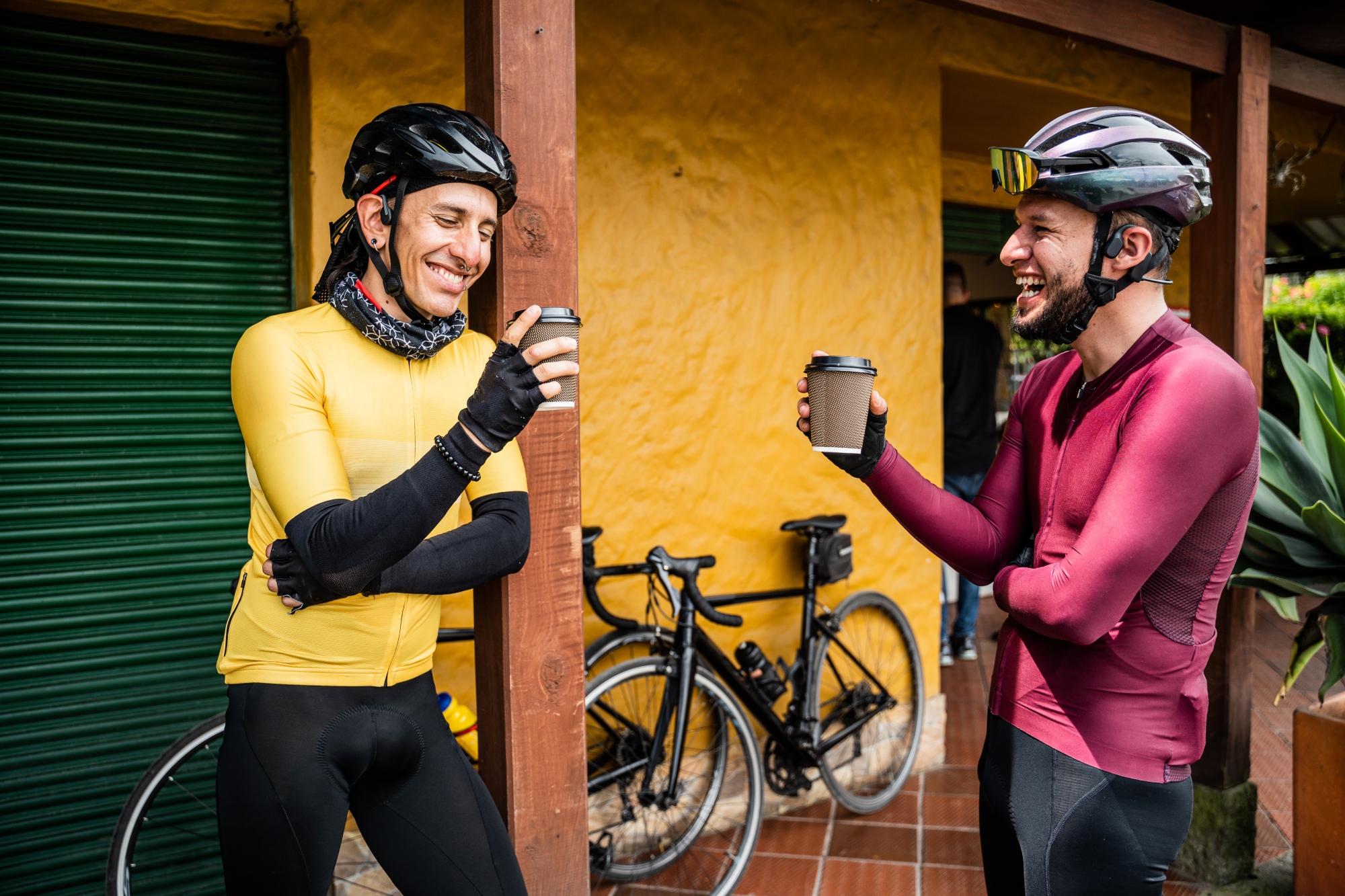
Missing Bean is a coffee roastery based in Oxford that specialises in high-quality, ethically sourced, sustainable coffee. We asked Silviu Rad, Head of Coffee and Business Development, to, well, spill the beans..
“Obviously, the bean is the most important component,” says Rad, “so when we buy green coffee – that’s the raw, pre-roasted beans – there’s a rigorous process in place to uphold quality.”
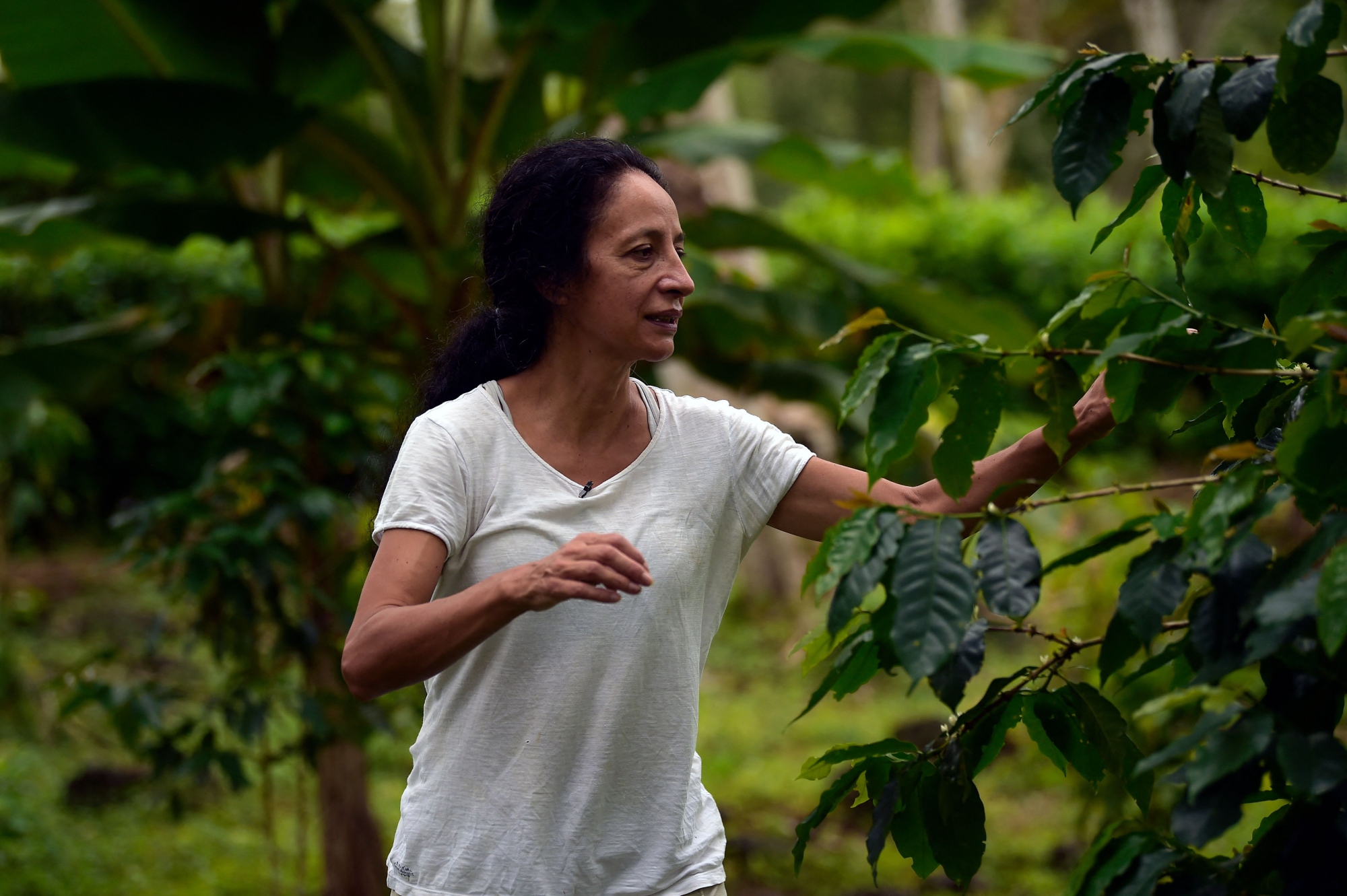
The foundation of that process is built from long-term relationships forged with coffee farmers around the world. Around 70% of Missing Bean’s coffee is sourced direct, so those relationships are incredibly important.
“We buy coffee from farmers that we have worked with for years,” explains Rad, “even if the beans prove more expensive than they were the previous year. We still buy them because we want to keep that relationship strong.”
Sourcing direct means that Missing Bean has to handle the logistics of importing the beans, but it also enables Rad and his team to monitor the quality of the product, as well as the well-being of the farmers. Rad is keen to set a fair price for everyone involved. “The price of the coffee doesn't influence whether we’re buying or not,” he says, “but it may impact how much we buy.”
The first step of the process is sampling this year’s crop. “Every farmer that we work with sends us samples in the middle of their harvest,” says Rad. “The timing will vary based on where the coffee is grown, because the beans ripen at different times depending on the climate, altitude and other factors. We roast these beans on our small sample roaster, then decide whether the coffee is right for our menu, wholesale or both.”
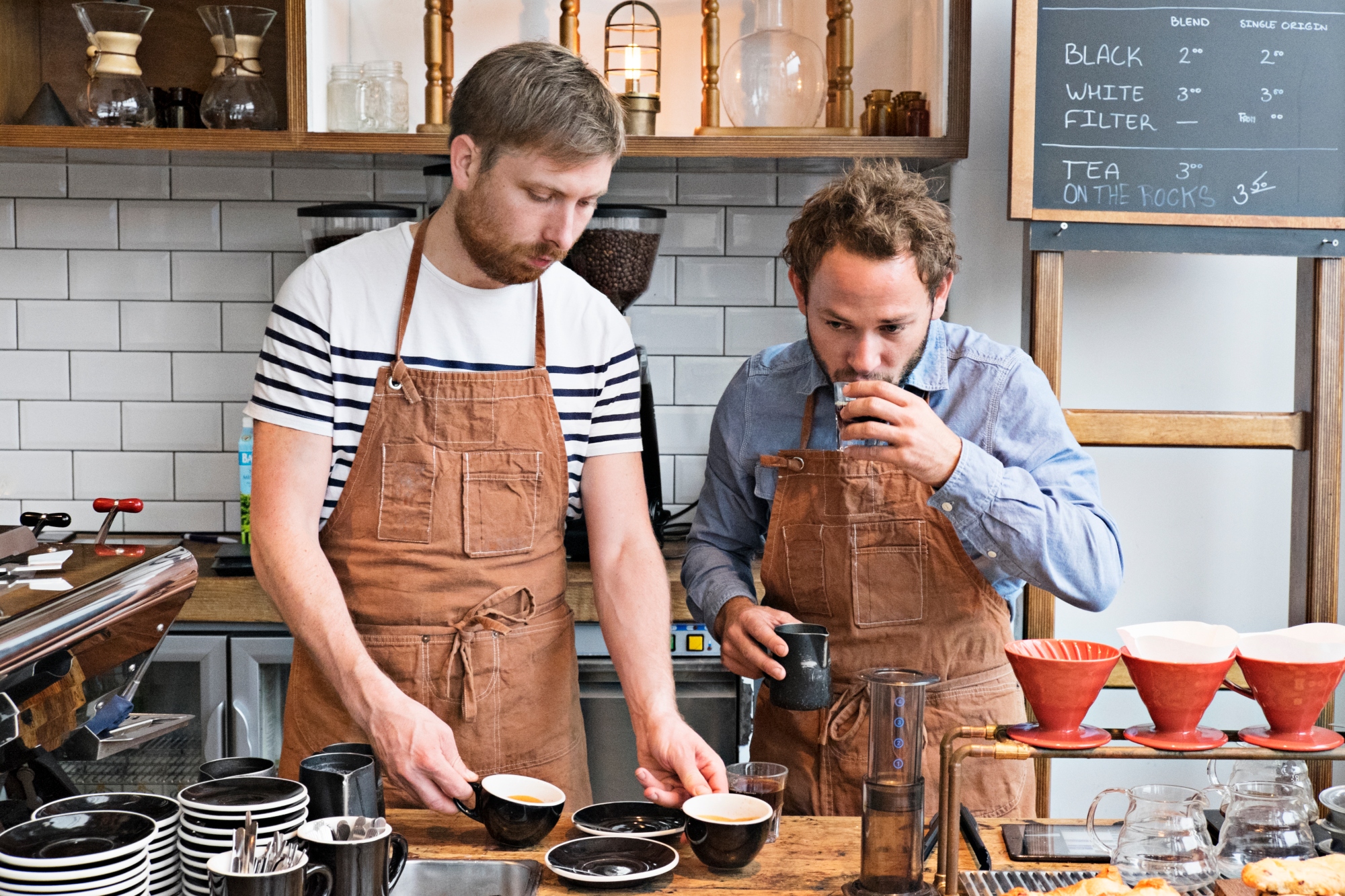
For example, Silviu prefers washed Ethiopian, or Kenyan coffee for filtering, while A Guatemalan or Colombian bean is often best for Esperesso.
Once a choice is made, green coffee beans start to arrive at the roastery in bulk and it's time for the first roast. This is an test roast, generally performed with a 10kg sample. Coffee beans are roasted for between nine and eleven minutes, at a temperature of 210 to 220 degrees Celsius. Even tiny changes can have a huge influence on the flavour.
“The first roast is an experiment - we have no idea what is going to happen,” says Rad. “We consult more than five years' worth of data to choose a starting point in terms of time and temperature, and observe how the coffee beans react. Then, based on how the coffee tastes, we determine what else we need to change in the second roast.”
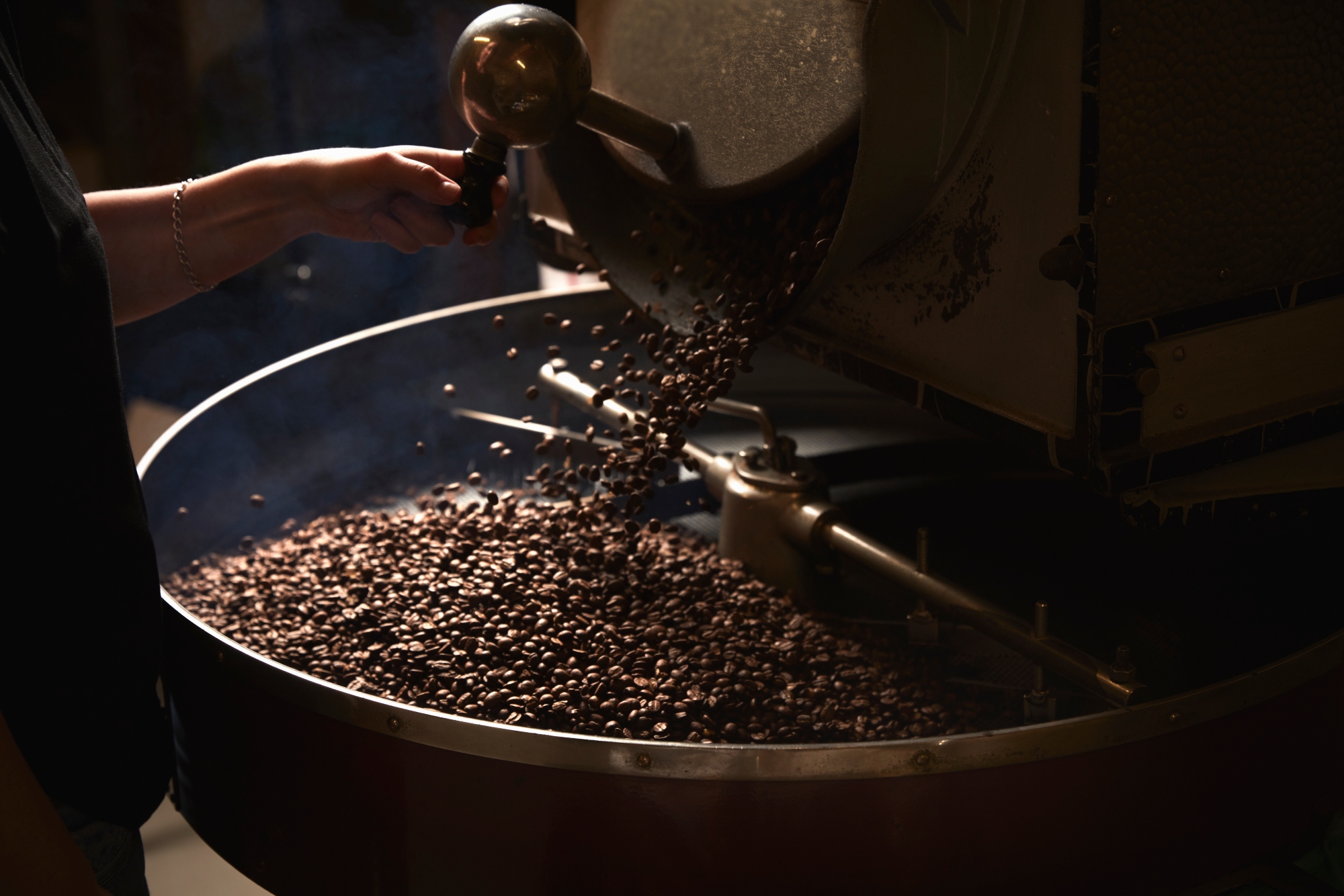
Temperature and time are all altered in single degree and 10 second increments to perfect the roast. Airflow is also precisely controlled. “Altering the airflow when roasting,” says Rad, “changes how the heat is applied to the coffee beans. Some coffee will taste cleaner with a higher airflow, others require minimal airflow for the best results.”
When it comes to brewing your coffee, getting the finest flavour is down to grind size, water temperature and time. Coffee is extracted best when the particles are perfectly even in size, which is why it’s so important to invest in a good quality grinder. Once you’ve ground your coffee, you need to get the proportions right. For espresso, this means extracting 18 grams of coffee with 36ml of 93-degree Celsius water, over 27-33 seconds - once again taste testing the extraction.
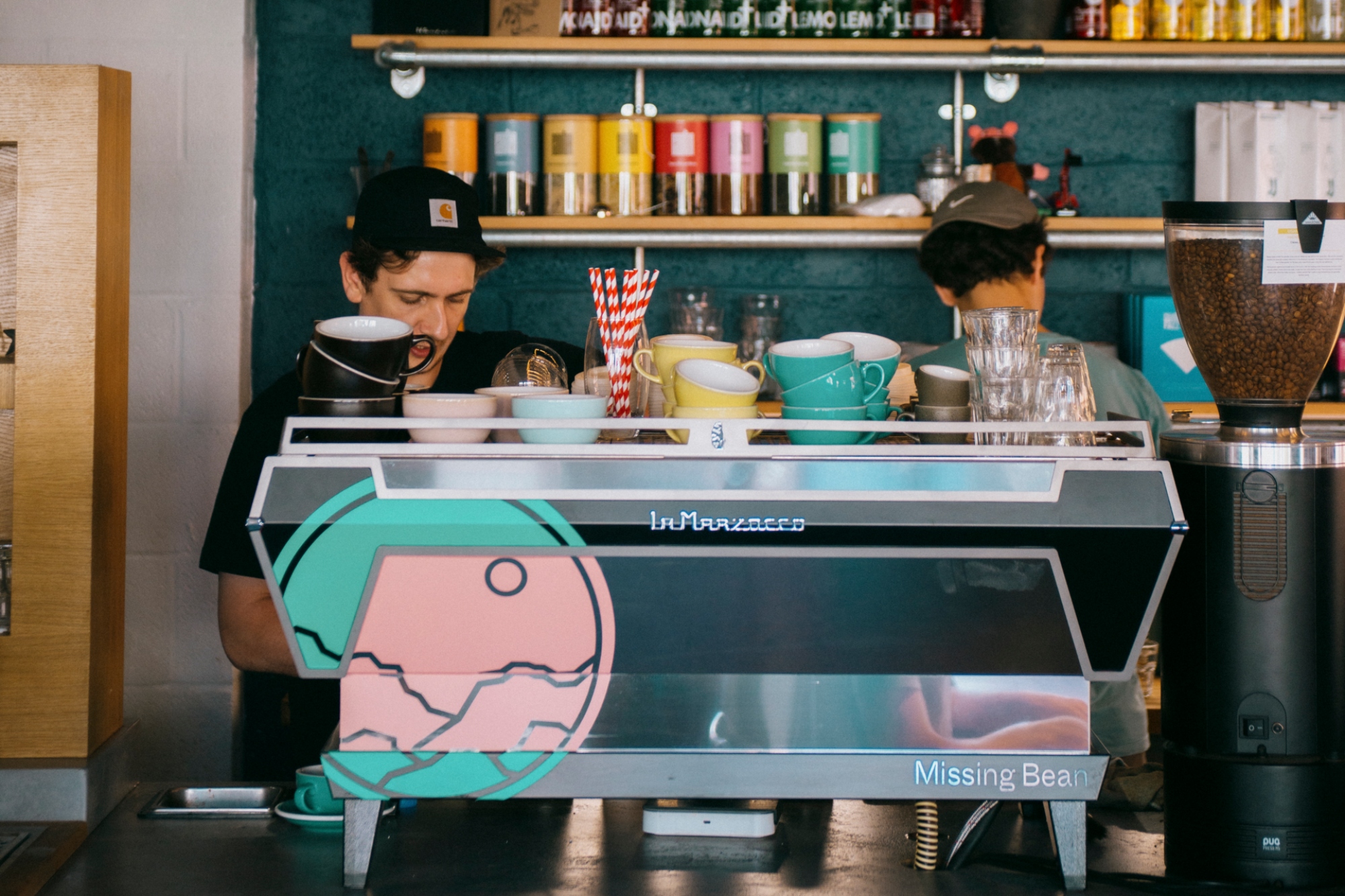
Also key to how the coffee is extracted, is the size of the grind, so below we have added in a rough grind size guide for many common brewing methods.
For filter coffee, the perfect formula is one part coffee to seventeen parts water, brewed for around four minutes. Whichever method you choose, soft water is far superior because hard water contains many more solid impurities made up of calcium and magnesium carbonates, bicarbonates and sulfates. These can lead to a poorly extracted cup of coffee, so if you live in Oxfordshire, or any other hard water area, filter your water.
There’s a lot to get right, and we are only just scratching the surface here, but if you use good quality equipment, and follow the correct steps, you should be on course for a good brew! For more information about Missing Bean Coffee Roasters, visit www.themissingbean.co.uk.
!["[T]he First and Fifth Amendments Require ICE to Provide Information About the Whereabouts of a Detained Person"](https://images.inkl.com/s3/publisher/cover/212/reason-cover.png?w=600)






